iPad Pro 5th generation, the one for professionals

iPad Pro 12.9 5th generation 2021 with Apple Magic Keyboard.
I’ve never made a secret of the fact that I’ve always been a fan of the iPad. Since Apple released its first ‘Pro’ model, I’ve been hooked by the hardware, Apple Pencil and the impressive ecosystem of apps and services. Other brands have come closer to matching Apple in terms of their hardware but as a complete package, the iPad Pro reigns supreme. Is it a Pro device or a computer? Well, that’s a matter of perspective and personally, I can see it both ways.
I have always loved the way the iPad Pro looks and this years’ 12.9-inch model is almost identical to the 2019 version. Looks can be deceiving and in the case of the iPad Pro, there’s a lot more to the 5th generation under the hood than can be seen on an exterior design level.
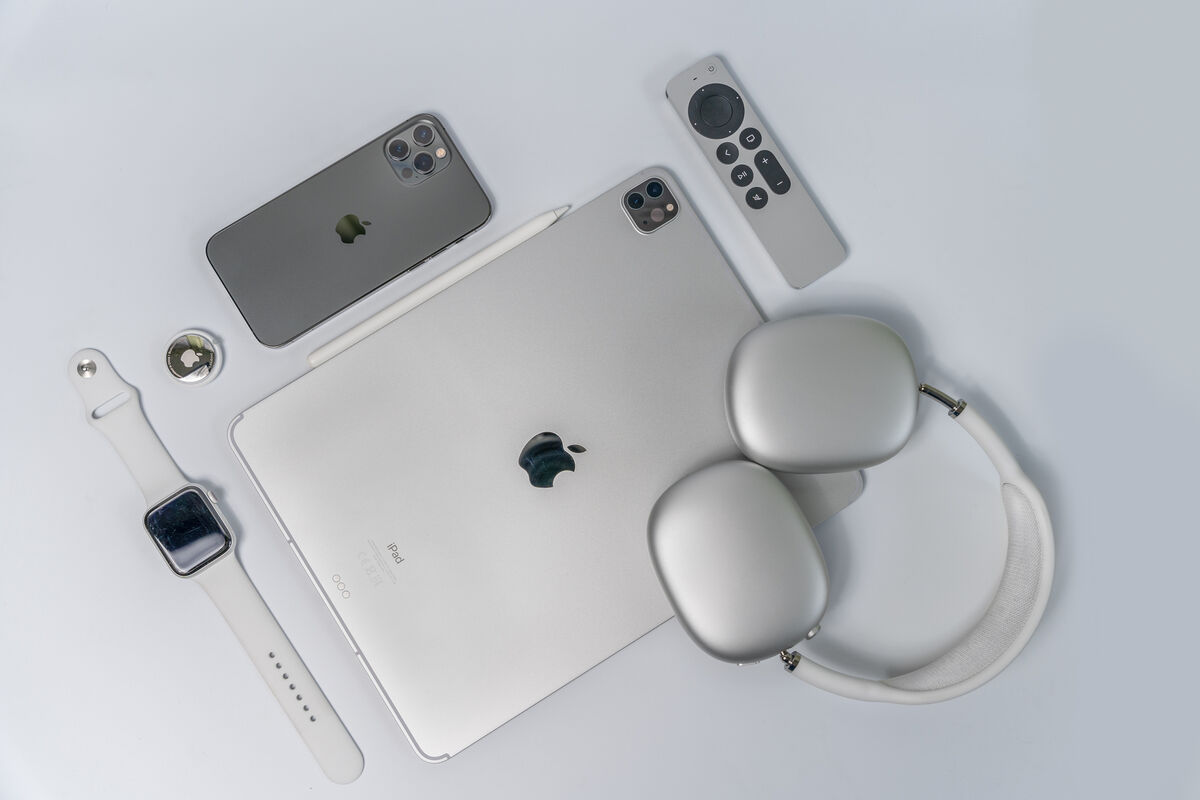
One of the most astonishing new updates is to the chipset which now features the acclaimed M1 — designed by Apple and also found in their latest MacBooks and iMac.
The second headline feature is the new Liquid Retina XDR display. Apple has consistently resisted the pressure to use OLED panels in their iPads. In part, this is down to colour accuracy which is more difficult to achieve in OLED. This is one of the reasons why you don’t see professional displays that use OLED for colour reproduction.
The new 12.9-inch display comes close to OLED levels of contrast thanks to mini LED backlighting, a technology that Apple had to adapt to make work in the thin form factor of an iPad Pro. This new mini LED display isn’t available in the smaller iPad Pro 11 which is a pity but that display is still fantastic.
The combination of the new display and power requirements of the new processor means the 5th generation iPad Pro 12.9 is 0.5mm thicker than its predecessor. All of the other dimensions are the same.
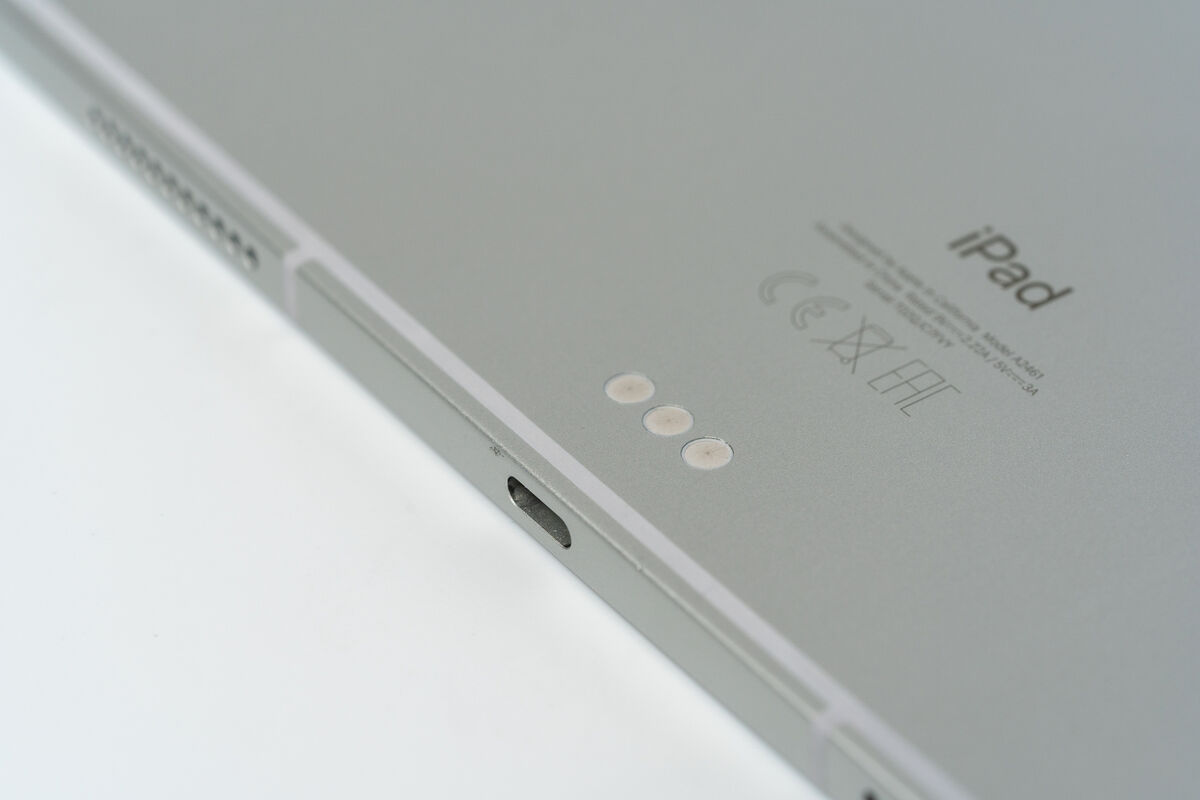
Apple continues to stick with the more practical 4:3 aspect ratio rather than 16:9 adopted by others including Samsung’s Tab S7. The latter has an OLED display which particularly suits things like watching movies but I prefer 4:3 for productivity apps.
Being a Pro device, the choice of colours is limited to either space grey or silver. My review unit is the silver version which I think is a fresher look. You can also match this with a white Magic Keyboard but I chose the black version because I think it’s easier to keep clean.
Regardless of which colour you choose, the iPad Pro is a premium tablet that is built to last.
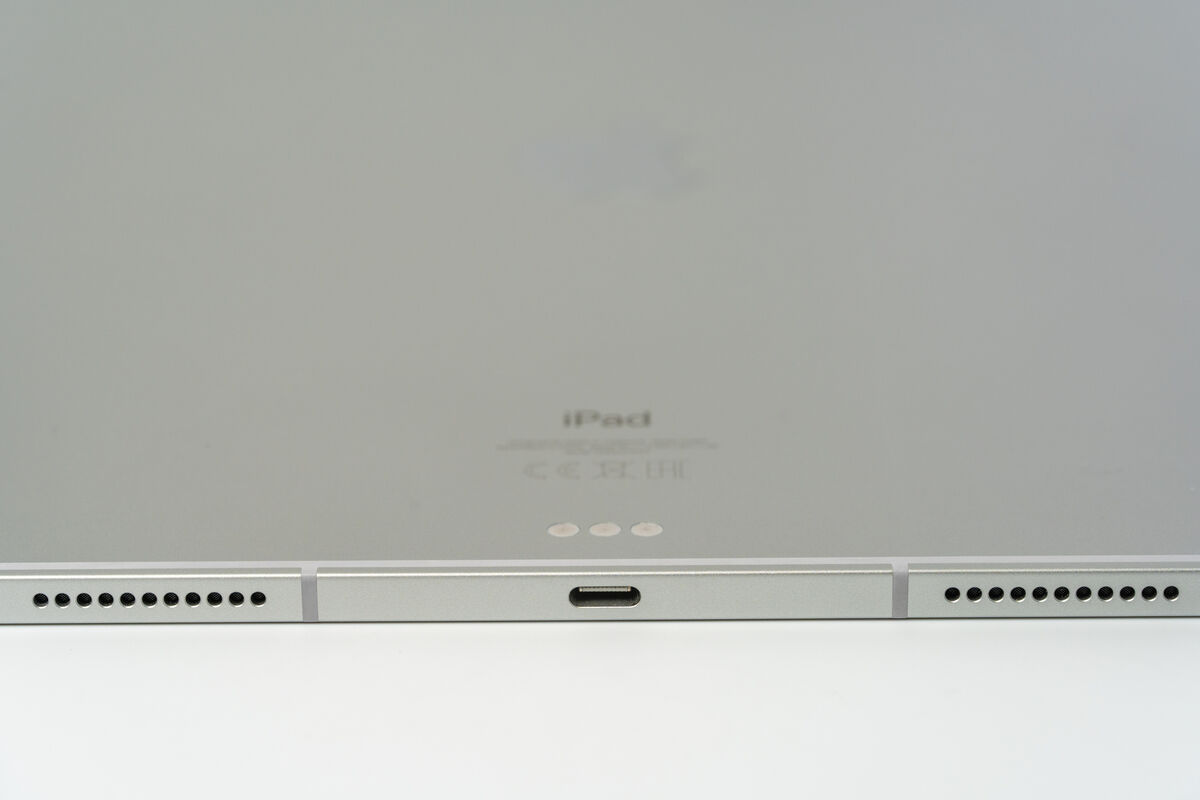
Around the back is the camera module which protrudes from the otherwise flat matte-finished metal back. When used with the Magic Keyboard or any of the other Apple or third-party cases the camera array will sit just below the surface of the cover or case so it isn’t an issue.
The top and bottom edges of the tablet each include two sets of speaker grilles for a wide stereo sound when the iPad is horizontally oriented. Also along the sides are physical power and volume controls, and a USB-C 4 socket that supports the considerably faster Thunderbolt 3 standard, opening up the opportunity to connect higher-end storage devices and monitors up to 6K.
The iPad Pro has two rear cameras including a 10MP ultra-wide and 12MP wide as well as a LiDAR sensor and quad-LED True Tone flash. A new 12MP Ultra Wide front camera shoots photographs and video with a wider field of vision.
It also includes Centre Stage, a feature that employs machine learning to keep you centred in the frame of a video calling for a more engaging experience in FaceTime and other video conferencing apps.
This works really well with excellent quality despite having to digitally zoom in to create the illusion that the camera is actually moving when in reality, it’s the AI engine digitally panning and zooming around in the wide fame to keep the subject in Centre Stage.
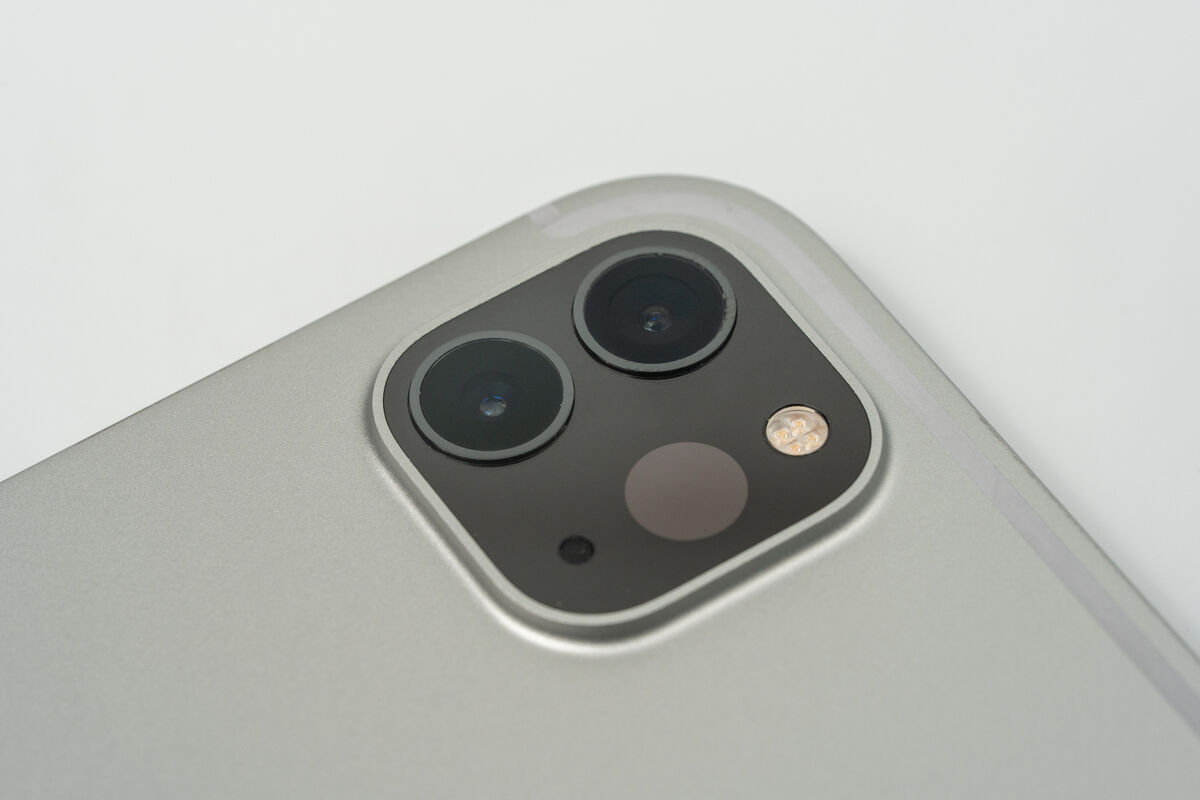
The cameras on the iPad Pro are excellent and it’s a pity they generally get underutilised, especially on the larger 12.9-inch model. Most people who own an iPad Pro already have good cameras on their iPhone but there are situations where they can come in useful, and not just for video calls.
The iPad Pro makes it easier to keep video nice and steady and you can’t beat that large screen for framing up a shot or video. However, nobody wants to be that guy holding up an iPad to take photos in public.
The ability to take photos of documents and use them directly in apps is excellent. Playing AR games on the large iPad Pro screen is also pretty cool but the size and weight soon get tiresome.
It’s hard to believe the power of the M1 is now inside the iPad Pro. This should open up a world of possibilities from first and third-party apps. The new Apple silicones CPU is 50% faster than the already powerful iPad Pro 4th generation. The GPU performance is 40% faster and when we already thought the previous gen was faster than existing software requirements the M1 feels like overkill.
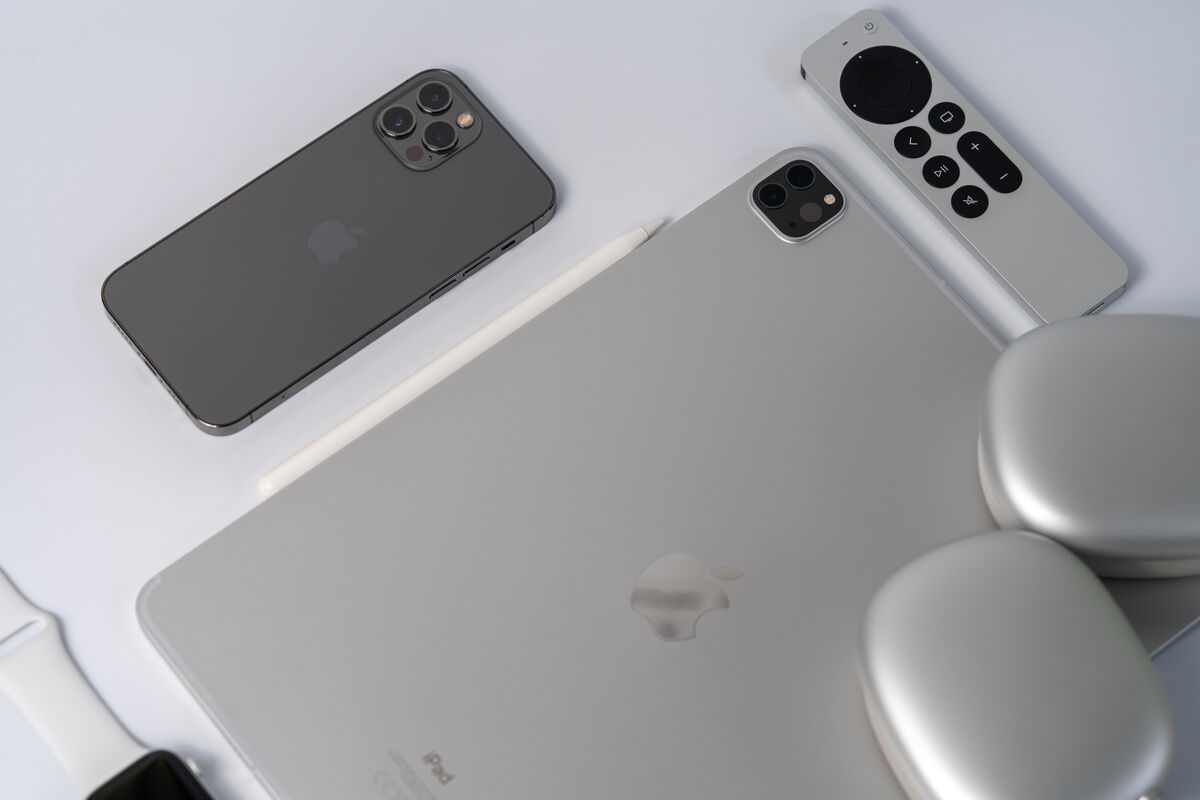
Apple Arcade is now better than ever but despite the ever-increasing library of excellent games, there’s still not enough titles out there that can fully harness the awesome power of the M1 which is way more powerful than a PS4 Pro.
I don’t subscribe to the point of view that we should be getting desktop apps like Final Cut on the iPad Pro. What I do want to see more of is apps like Procreate that uses all of the advantages of a tablet to create a user interface that works so incredibly well with touch. I hate apps like Clip Studio that look like desktop apps ported to a smaller screen. We have laptops and we have tablets and for me, it’s a case of horses for courses. I love using both but for different reasons.
I remember Steve Jobs launching the original iPad as a device that was creating a third category which lay between a desktop and a laptop. The fact that it is now more powerful than most laptops is a little frustrating because we don’t have enough ‘pro’ apps to take advantage of the ground-breaking M1 silicone. Perhaps, this will come in time but like so many others, I was hoping for more from iPadOS 15. I’ve been running the public beta for a while now and I love the new features and improvements but it doesn’t go far enough — yet!
For me, the Pencil is a must-buy accessory for the iPad Pro. Unfortunately, you have to pay an extra €135 to get it. I can understand why some may not see the need for it but thanks to improvements to search and other new features the Apple Pencil has because an integral part of iPadOS. It’s also fantastic for taking notes, drafting ideas or doodling.
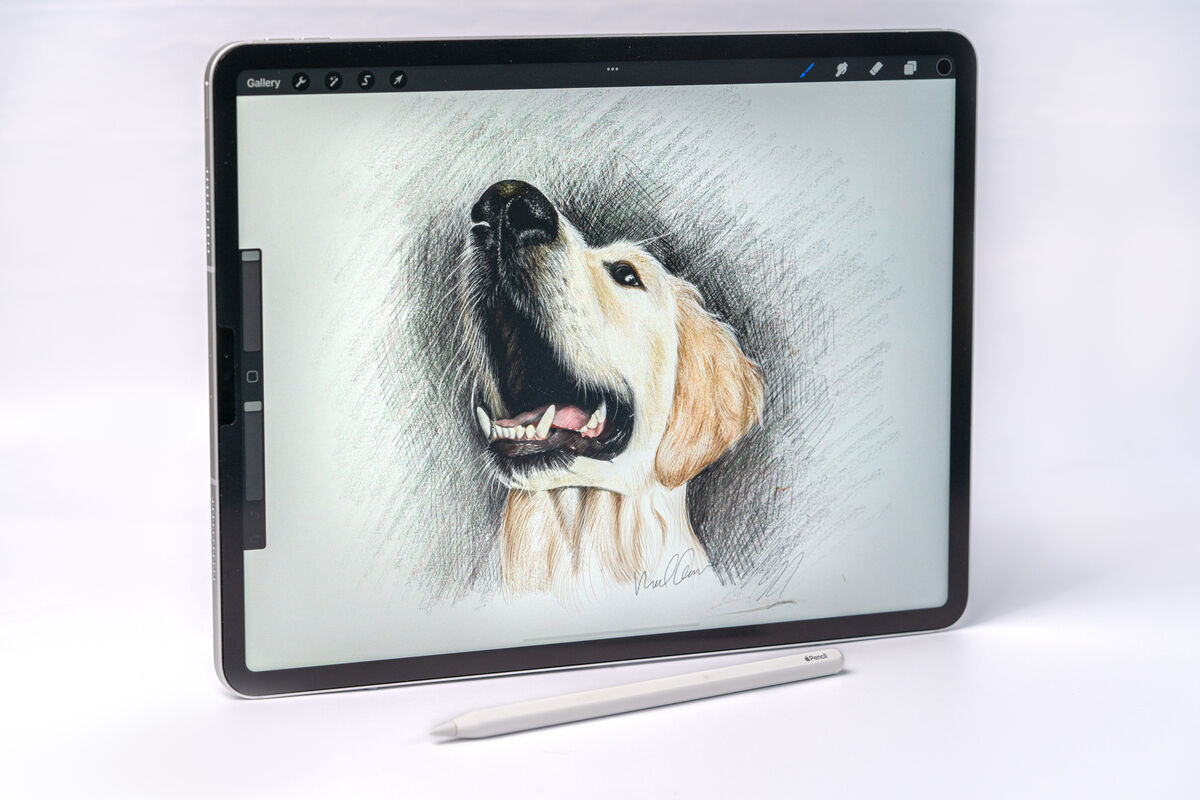
Those interested in sketching, painting or drawing either as a hobby or professionally will instantly fall in love with the Apple Pencil. It’s the closest thing to a real pencil you can get bar none. I’m a massive fan of Procreate for digital art but there are so many other excellent apps out there for creative professionals as well as enthusiasts.
For those who do want to use the iPad Pro for sketching or notetaking, I highly recommend a matte screen protector. This makes it easier to draw and write because it provides the resistance you need to control the movements of the pencil with accuracy. If you don’t intend on using it with the pencil then either don’t bother with a screen protector or get a glossy one as this will provide the best clarity and colour vibrancy.
The power of the M1 is overkill for most of the apps I use regularly, including complex drawings in Procreate but hopefully, we will see this change in time. In a way, Apple is a victim of their own success because their previous iPad Pro’s have been so future proof.
The 11-inch model uses the same display as the previous generation. I’ve been testing the 12.9-inch model with the Liquid Retina XDR. This uses relatively new technology to backlight the display called mini-LED. There are 10,000 of them, distributed across 2500 different dimming zones. This allows the system to turn these mini-LEDs on or off with precision to provide deeper blacks and brighter whites for a contrast ratio of 1,000,000:1.
The display can reach and maintain a brightness level of up to 1,000 nits and hit peaks of up to 1,600 nits during HDR video playback.
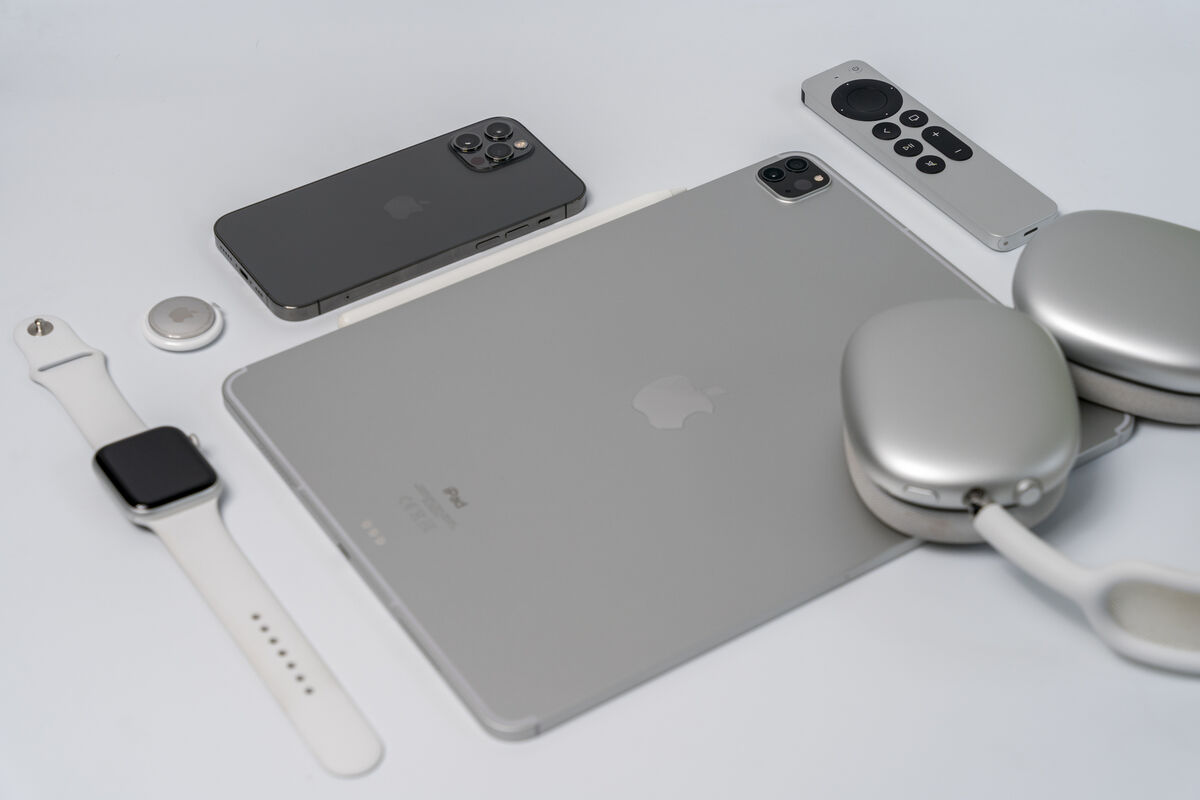
There’s a noticeable improvement when viewing HDR content in streaming apps like Netflix, Prime Video and Apple TV compared to previous models. In such content, you can see the higher dynamic range with more detail in the deeper blacks while maintaining image quality and detail in the brighter areas of the picture.
Apple takes colour seriously and each display is factory calibrated to ensure maximum quality and accuracy. This is a key attribute for creative professionals. I manually colour calibrate all of my desktop displays to ensure consistency from screen to print when editing photographs. The iPad Pro is an awesome device for culling, colour correcting and processing in apps like Adobe Lightroom and Affinity Photo. I use these apps all of the time and know that what I see on the iPad Pro is what I’ll see on my desktop display and out of my photo printer.
Pro motion is what Apple calls its 120Hz display refresh rate and this helps to make everything feel faster and smoother. This is controlled by the system dynamically, changing the refresh rate depending on what’s being displayed. IPadOS does this to reduce unnecessary battery drain.
Video content looks stunning on the new display and the quad-speaker setup enhances this even future for the ultimate in portable media consumption. The wide stereo soundstage is best in class. Of course, you can also use the AirPod Pro or AirPod Max which uses spatial audio features for an impressive virtual surround sound that truly delivers and adds to the immersion.
Like the previous model, there’s no 3.5mm headphone jack but you can get the Apple USB-C to 3.5mm headphone jack adaptor as an optional extra. The latter is especially useful if you intend on getting into hi-res audio from Apple Music or some of the other streaming services that offer lossless audio with your wired audiophile headphones.
There’s no question that Android tablets like the Samsung Tab S7+ are excellent but when you look at everything the iPad Pro with M1 silicon has to offer including the vast selection of iPadOS apps and the Apple ecosystem there’s only one clear winner. I love that Apple doesn’t cripple other iPads and now even the most basic iPad can use the Apple Pencil and all of the apps. However, if you’re a professional or creative then Apple’s M1 iPad Pro is the pinnacle of power, innovation and design geared to help you maximise your potential without the technology getting in the way.
Available now from Apple.com with prices for the iPad Pro 12.9 starting at €1,229 for the 128GB WiFi version. The top model comes with wifi and 5G and a whopping 2GB of storage for €2,609.











